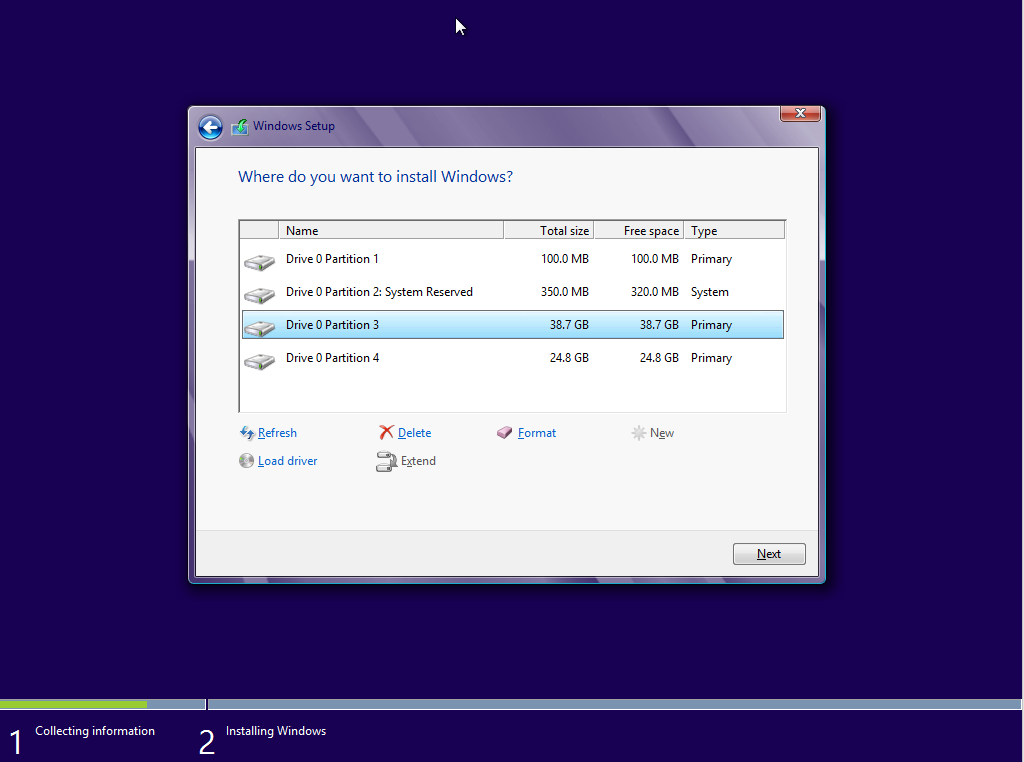hping is a network tool in order to create or generate network packets in order to test network, service, or system performance. hping is an old tool developed by different entities and named with new versions like hping2 or hping3. In most cases, you can use the command which is provided by your operating system which can be hping or hping2 or hping3. The hping name is derived from the ping command name. The hping3 is developed by the SalvatoreSanflippo and licensed with the GPL3.
hping Features
Here's what you need. Make sure that your PC or Microsoft Surface is updated to the latest version of Windows 10. Have your Apple ID and password ready. If you don't have an Apple ID, you can create one. On Windows 7 and Windows 8, you can download iCloud for Windows on Apple's website. Hello guys,Today i am going to show you,Use hping3 tool in Kali Linux. Hping3 is a network tool able to send custom TCP/IP packets and to display target r. Hping3 Package Description. Hping is a command-line oriented TCP/IP packet assembler/analyzer. The interface is inspired to the ping (8) unix command, but hping isn’t only able to send ICMP echo requests. It supports TCP, UDP, ICMP and RAW-IP protocols, has a traceroute mode, the ability to send files between a covered channel, and many other.
hping supports protocols like TCP, UDP, ICMP, raw IP etc. for different use cases. By using it we can create different protocol packets with different options.
- Create raw IP packets
- Specify generated packet count
- Set packet sending interval
- Specify the transmitting network interface
- Create and generate TCP packets
- Create and generate UDP packets
- Create and generate IP packets
- Create and generate ICMP packets
- Set MTU value
- Set fragmentation and create fragmented or unfragmented packets
- Set payload or data size for the packets
Why Use hping Command?
With its advende features and common protocol support the hping command can be used for different cases like below.
- DOS (Denial of Service) and DDOS (Distributed Denial of Service) attack simulation
- Testing firewall and the firewall configuration for protocols like TCP, UDP, IP
- Detailed and advanced TCP and UDP port scanning
- Testing network devices for different configurations like fragmentation, MTU, etc.
- Advanced traceroute for listing intermediate hosts
- Remote OS (Operating System) fingerprinting and detection
- Remote uptime decision
- TCP/IP protocol implementation and stack testing and auditing
Install hping3 For Ubuntu, Kali, Debian, Mint

The hping is provided by the Ubuntu, Kali, Debian, Mint but with a different name. The package is named as hping3 for these deb based distributions. So we will install the hping3 package with the following command.
After the installation is completed we can check the hping3 command like below by using the -v option. The -v option is used to display version information.

If we try to use the hping command we will get the following error.
Install hping3 For CentOS, Fedora, RHEL

The rpm based distirubtions like CentOS, Fedora, RHEL provides the hping with the name of hping3. The hping3 package can be installed with the following command for these distributions.
Install hping For Windows

The hping command is also provided for the Windows operating systems. But as the hping is mainly created for the Linux operating systems with low level source code the windows version generally not updated regularly. The latest version of the hping is version 2 which is also called as hping2 and can be downloaded from the following link.
Display hping3 Command Help Information and Supported Protocols
hping3 is a very advanced command with a lot of features, options, and parameters, etc. All this help information can be listed with the -h parameter like below.
Traceroute hping3 Command
The hping3 command provides the traceroute feature which is used to identify the intermediate hosts between source and destination. The –traceroute option will be provided. Also the -V -1 options provided to print detailed information about traceroute. After the traceroute is complete the target will be pinged continuously.

DOS and Flood with hping3 Command
Install Hping3 On Windows Free
The hping3 command is popular for the emulation of the DDOS attacks. The flood operation will generate packets and flood the target with packets as much as they can. The –flood option is provided to create flood and also the -p option is used to set the remote port number for the flood. The -S option is used to set the flood type for the TCP protocol which is the sync flood.